
Deer
Success rates of Illinois gun hunters declined substantially after the large epizootic hemorrhagic disease (EHD) outbreaks in 2012 and 2013, but have since rebounded as deer numbers recovered. As a result, the Illinois Department of Natural Resources (IDNR) expects deer hunters to have good success during the 2017 seasons.
Deer hunters should not look for the 2017-2018 seasons to set any records; the factors affecting the final outcomes of the harvest are more complex than recovery from disease outbreaks. To allow deer herds to rebound in affected areas, biologists have curtailed harvest by adjusting deer permit quotas downward in many counties, and have closed several counties to the special late-winter antlerless-only season. In spite of improved individual hunter success rates, opportunities (in terms of number of deer permits available) for hunters to take as many deer as in past seasons are not there, but additional improvement in deer numbers for counties that are below goal levels will continue.
Several Illinois counties have a historical track record of producing large harvest numbers, and those counties are frequently the ones touted as destination locations in outdoor magazines. However, in some cases those counties have exceled because of their large size, or because of the large number of acres of deer habitat they contain, which often means that their permit quotas are much larger. Hunter success is often just as good, or better, in some smaller counties that do not get much attention. During the 2016 seasons, the list of counties with the highest success rates was dominated by counties in the southern third of the state. The good news for those hunters that don’t have places locked up to hunt is that public land for deer hunting is much more available down south.

Turkey
Fall—Fall turkey hunting opportunities abound in Illinois. The Wild Turkey Fall Gun season is underutilized by Illinois hunters, which results in surplus permits being available in every county where the season is open. Many public hunting areas that require a site-specific permit have permits going unused after the lottery period as well. Archery permits are available over-the-counter and turkeys can be pursued with bow and arrow in any county in the state.
Spring—Illinois enjoyed its third consecutive year of increased harvest during the 2017 spring season. Some of this year’s increase was thanks to a record harvest during the Youth Season which was expanded to four (4) days statewide. In addition, high harvest numbers likely were the result of above-average reproductive success observed in 2015, as the birds hatching in that year reached maturity.
Statewide, the wild turkey population appears to be stable, although IDNR’s Brood Survey indicated reproduction was low in 2016. The spring of 2017 brought periods of extremely wet weather, which could have delayed, or resulted in failure of, initial nesting attempts. A low Brood Index for June supports that speculation, although the June 2017 index was higher than last year’s. Far northern Illinois has continued to receive excessive rainfall and some areas have experienced sustained flooding, which could further hinder reproductive success. Wild turkeys are persistent, however, and will re-nest if initial attempts fail. Also, most of the state has had favorable weather for nesting and brood-rearing this summer. An increase in reproductive success over last year is a possibility, although collection of Brood Survey data continues into August.
For the 2018 spring turkey season, any permits remaining in the county quotas after the third lottery drawing will be available for purchase over-the-counter from license vendors throughout the state. Easier access to those additional permits, combined with the continued growth of the Youth Season, could well result in a fourth consecutive year of increased turkey harvest. If the Brood Survey continues to show a trend of improving reproductive success, expect jakes to make up a larger portion of the harvest.
Squirrel

Squirrel hunters should find plenty of both success and opportunity in Illinois woodlands in 2017. Mast production, which includes acorn production, was reportedly good in 2016. Ample food availability, in combination with a mild winter, likely allowed squirrels to endure the season while maintaining good body condition. Staying healthy through the winter results in high reproductive rates and more squirrels in the woods. Preliminary reports indicate 2017 will be a good mast year as well, which bodes well for both squirrels and squirrel hunters.
With nearly 6 ½ months of hunting and opportunities on 146 public hunting sites around the state, squirrels might possibly be the most accessible game animal in Illinois.
Paul Shelton is the Forest Wildlife Program Manager with the Illinois Department of Natural Resources Division of Wildlife Resources. Tom Micetich recently retired from the Illinois Department of Natural Resources Division of Wildlife Resources where he was the Deer Project Manager. Luke Garver is the Wild Turkey Project Manager with the Illinois Department of Natural Resources Division of Wildlife Resources.





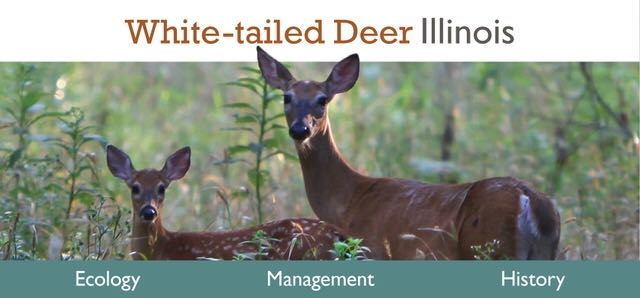
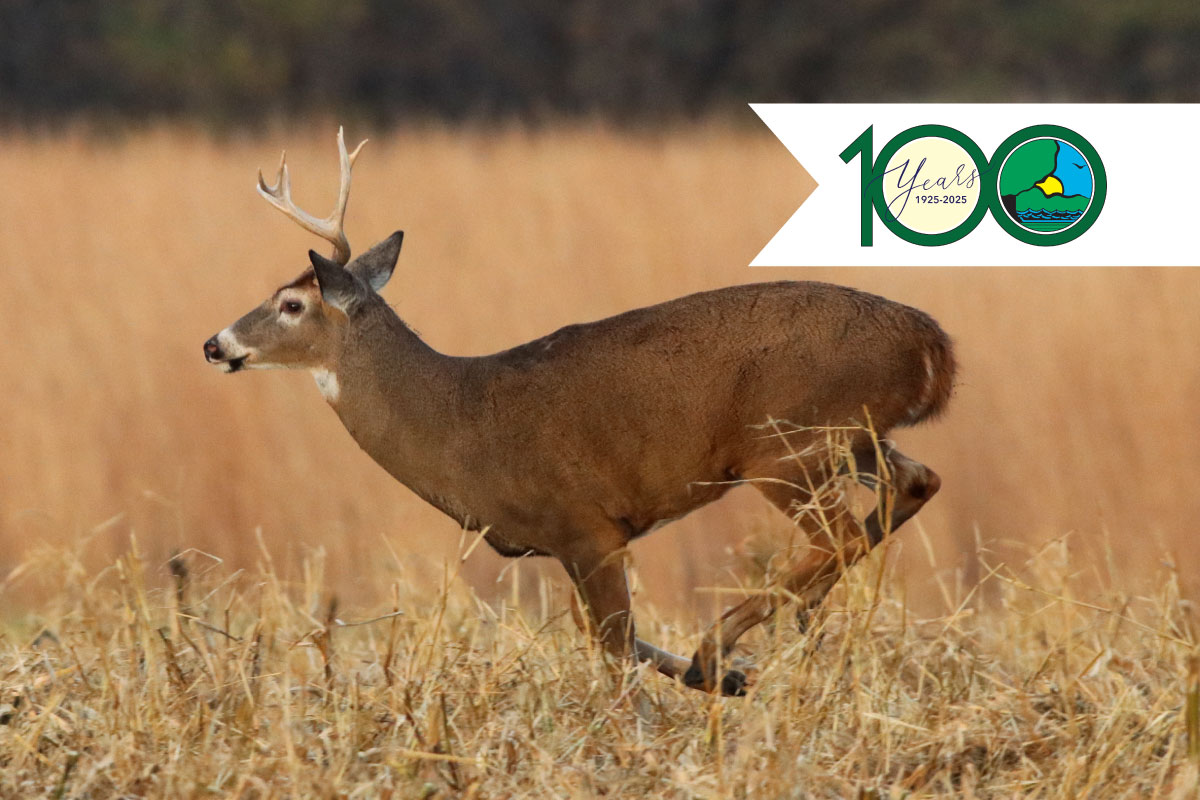
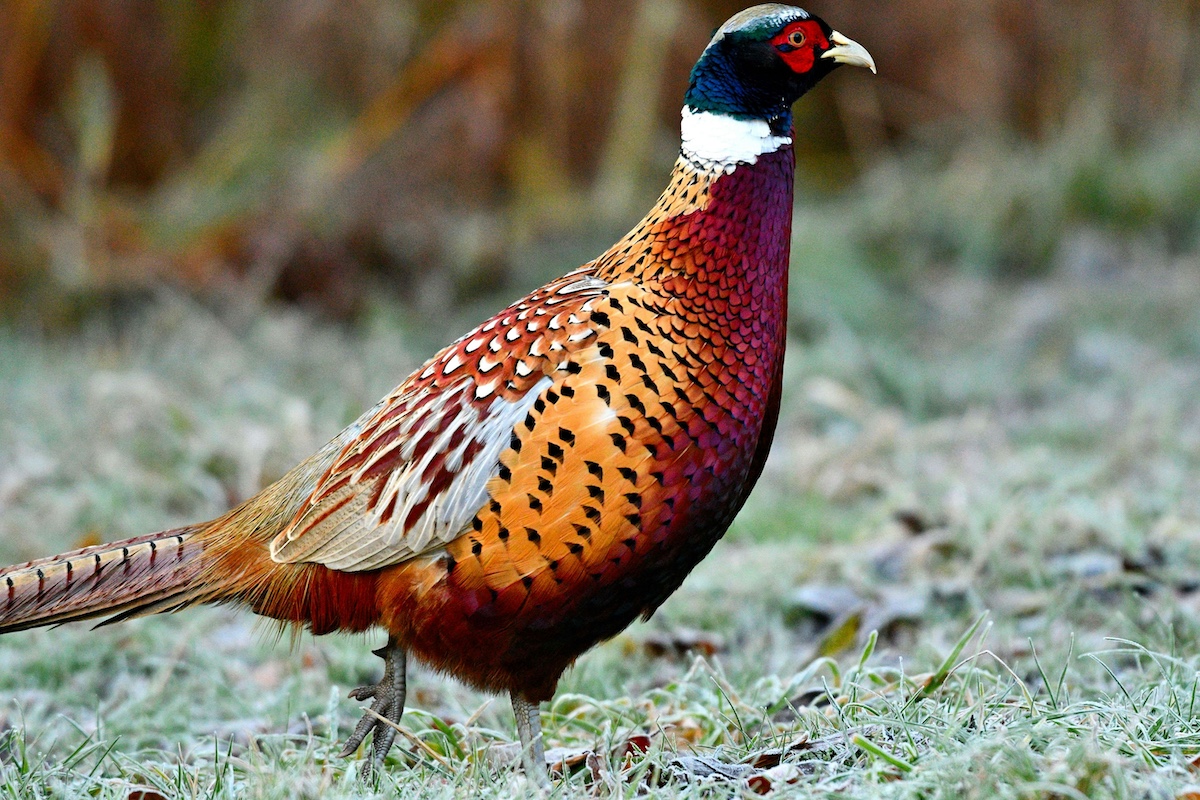
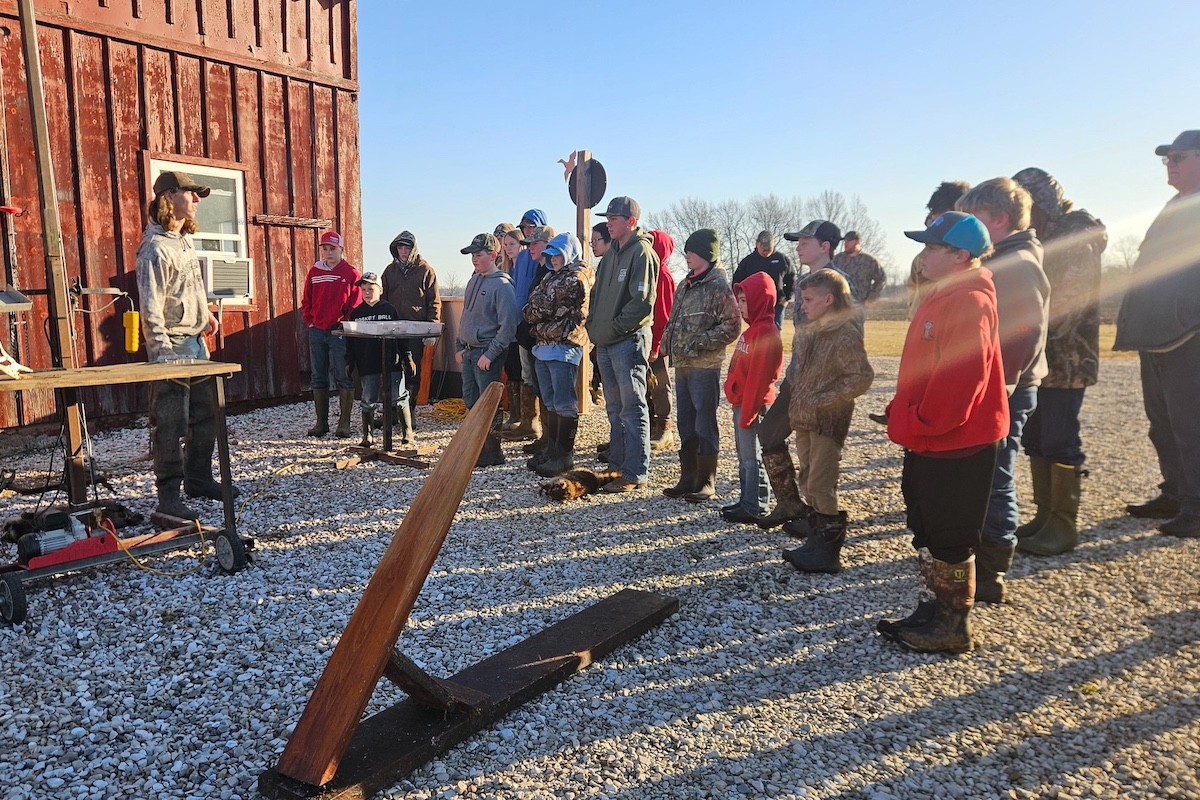
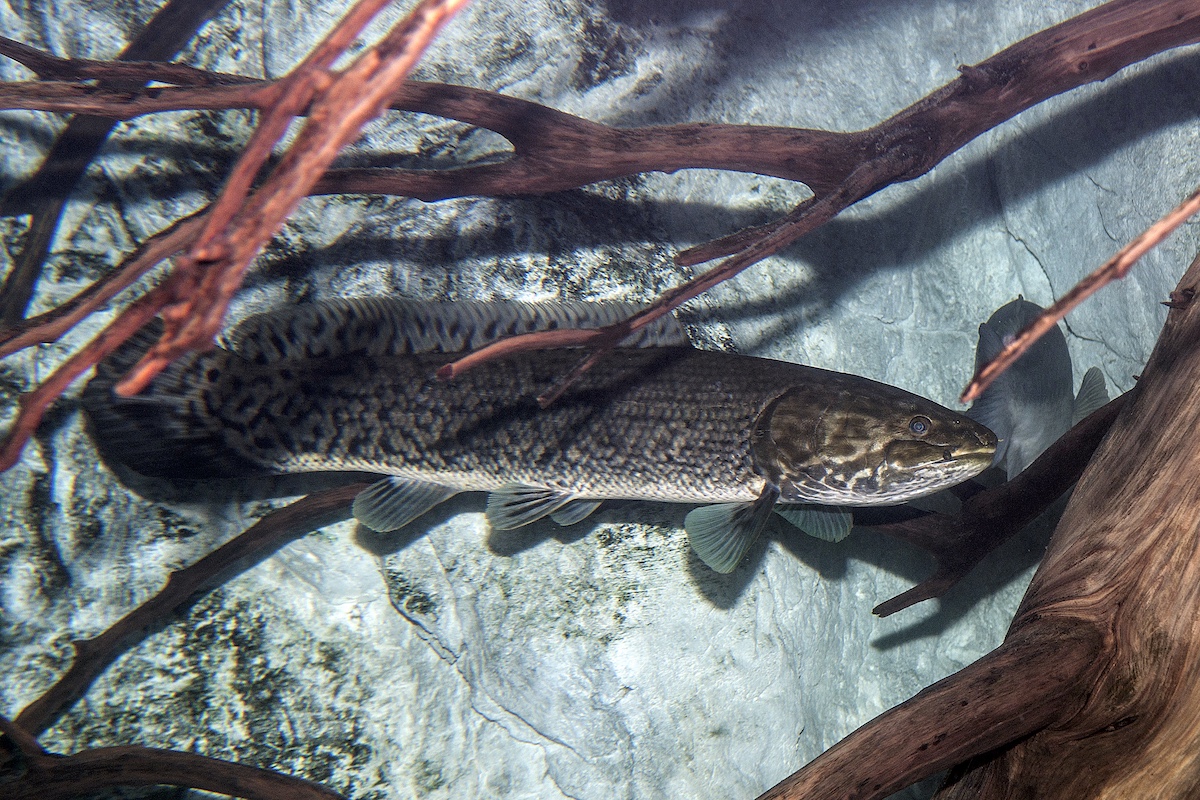
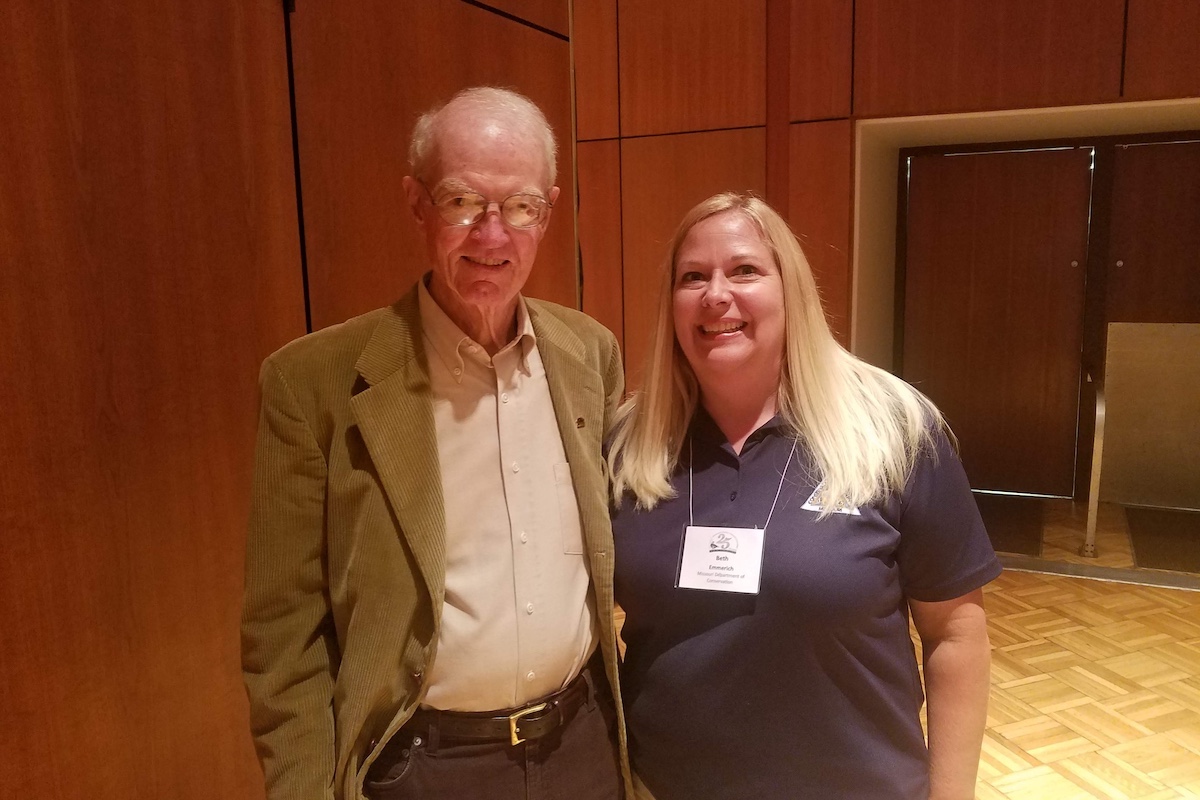
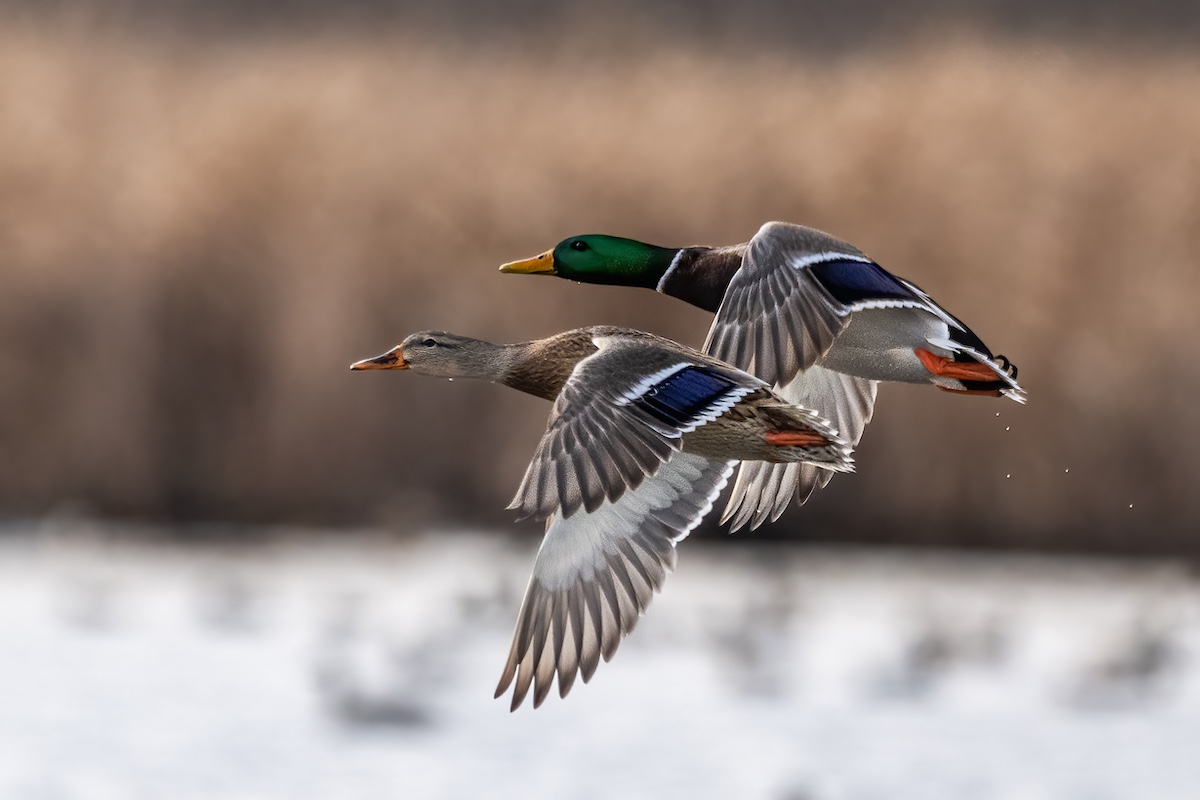
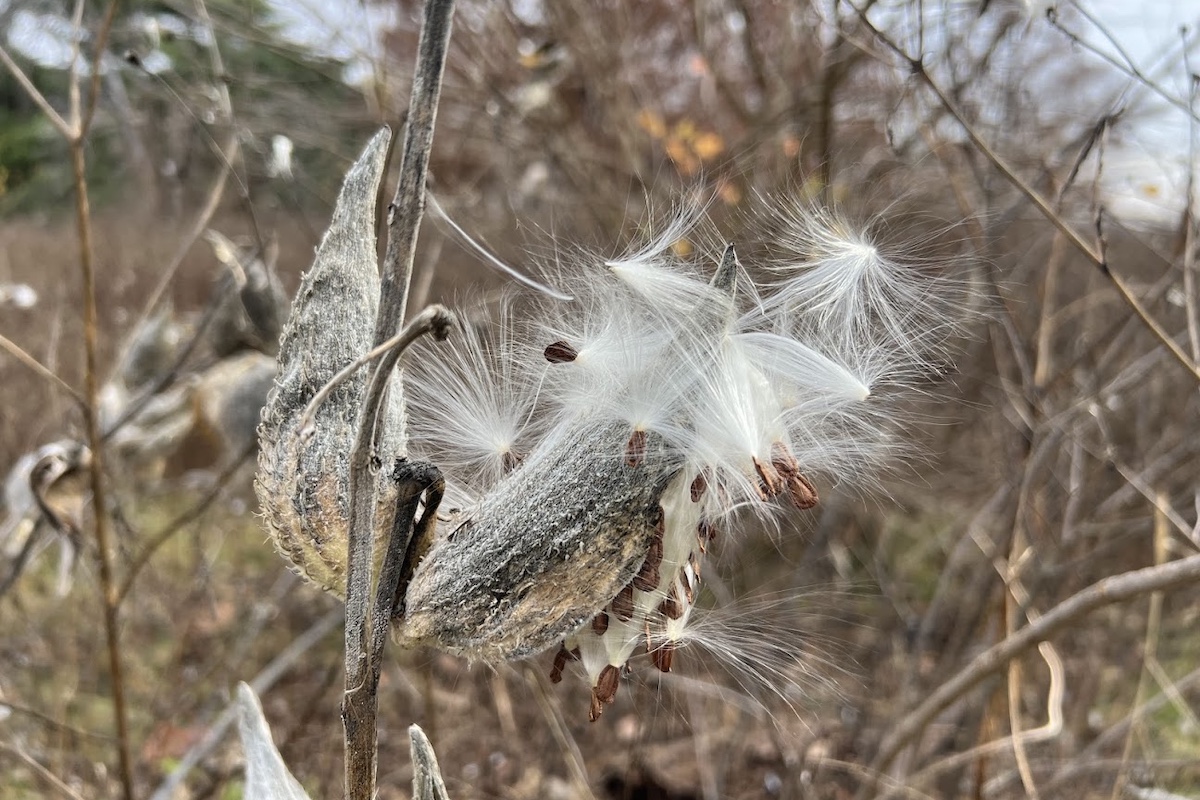
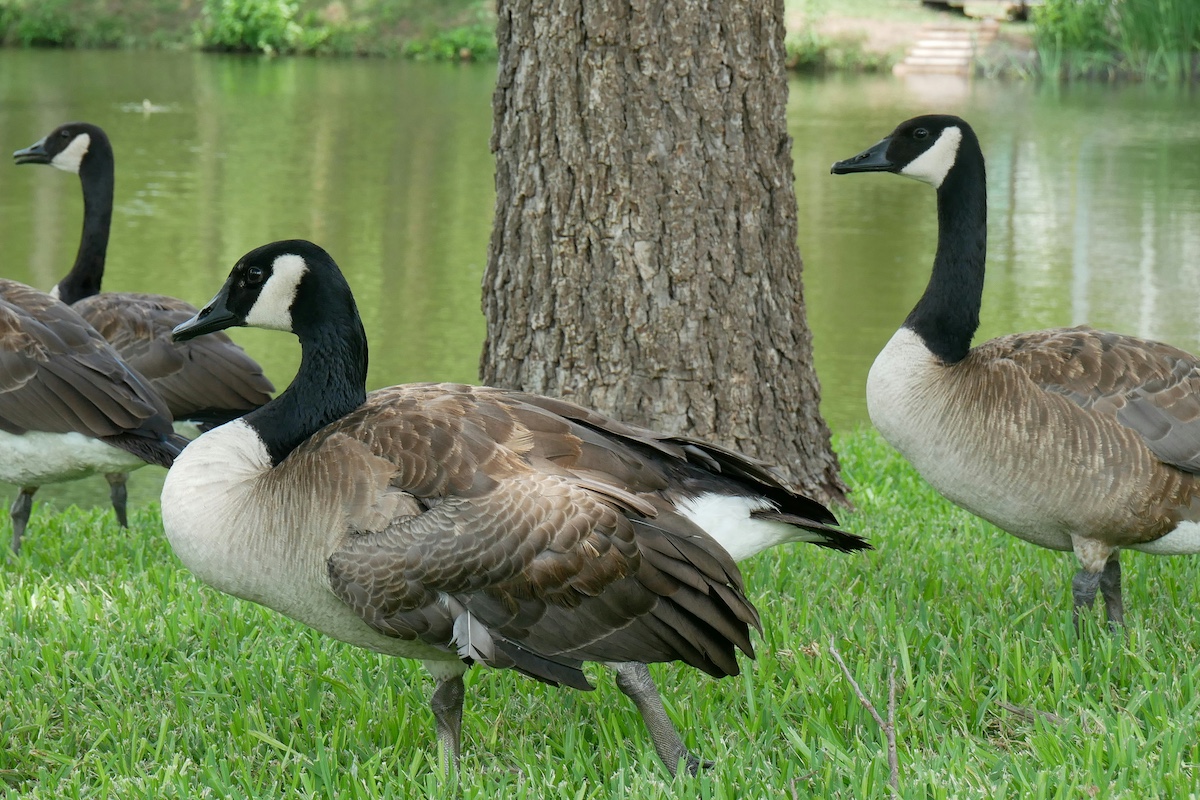
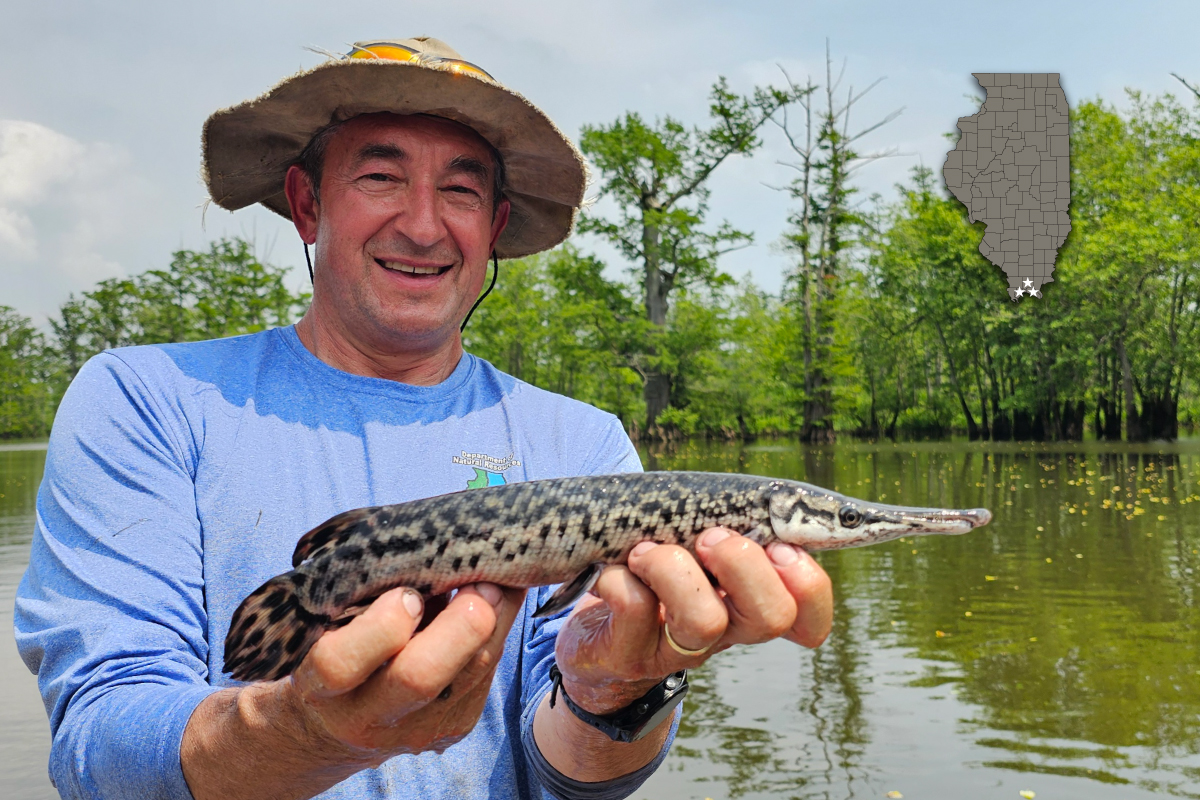
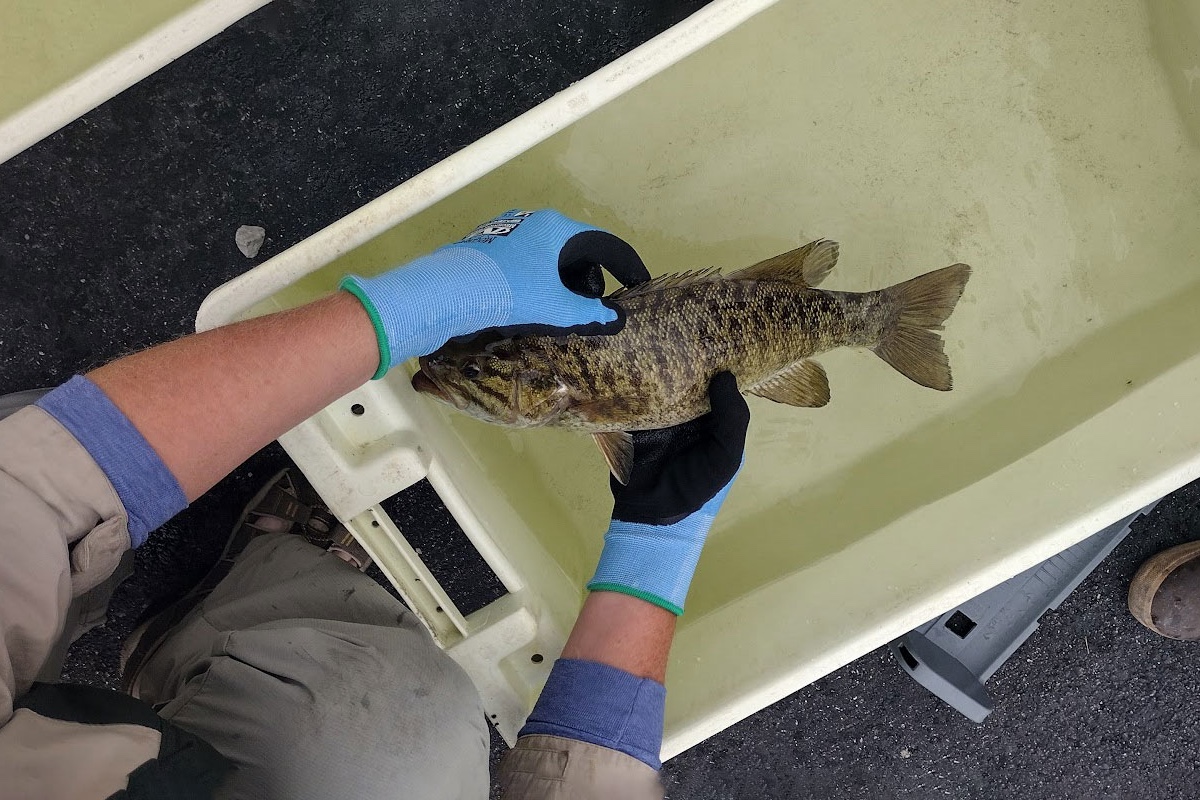
Submit a question for the author